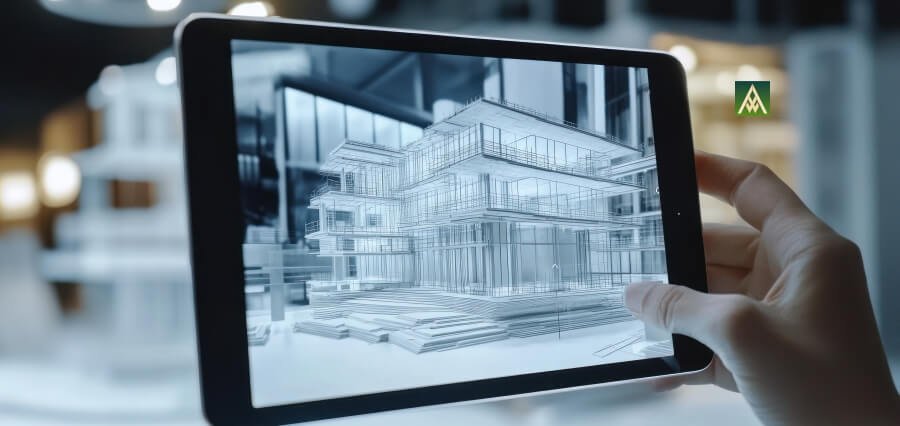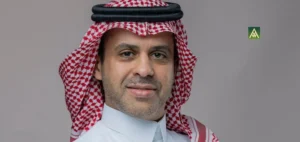Architects of Change
With each cycle of change, visionaries, intellect, and leaders are the connecting links of yesterday to tomorrow. Change-makers have a balancing act that is difficult to locate — respecting tradition and welcoming change, with past experience in their back-packs and creating the promise of tomorrow. In business, technology, and society, change thrives best on foundations of experience, values, and heritage.
The Balance Between Tradition and Innovation
Tradition and innovation are often perceived as opposing forces — one anchored in the past, the other pushing forward towards the future. Real progress, however, is not a question of either/or but a balance of their energies. Tradition has continuity, identity, and experience. Innovation drives evolution, efficiency, and regeneration.
The innovation architects understand that innovation without roots engenders anarchy and tradition without evolution produces stagnation. They balance the two by designing systems and solutions that are innovative while being based on timeless principles.
Learning from the Past to Build the Future
The greatest visionaries do not ignore the past; they redefine it. The past is a storehouse of experience — in the arts and philosophy, business ethics and social structure — that teaches and that continues to inform current practice. In design, in technology, in leadership, history is a reference point that grounds creativity in the real.
For instance, value-based companies like integrity, handwork, and community and blending them with leading-edge technology create trust and staying power in their foundations. Such a union converts innovation from a flash-in-the-pan phenomenon to a legacy of consistent excellence.
Tradition as a Basis of Identity
In tumultuous times, it is tradition that provides an anchor. Tradition allows people and companies to feel a sense of identity and connection to others, anchoring them to a shared set of values and sense of direction. Companies who know their heritage will be more likely to convey authenticity — something increasingly more customers and employees crave.
But tradition can’t help it. It is harvesting its own timelessness and applying it to a new purpose. It is a healthy process that enables organizations to regenerate without diluting the integrity that sets them apart.
Innovation as a Driver of Renewal
When tradition eventually catches up, innovation soars. The redesigners are fearlessly mapping new territory — applying artificial intelligence, sustainable design, automation, and data-driven decision-making to build smarter, more adaptive systems.
But their disruption is not to disrupt. It’s a purpose. They disrupt because they perceive actual needs and look to meet them, enhance human lives, and reimagine what progress in a changing world amounts to. Their futurism is what allows them to grow and flourish even when they are grounded in the values that give their mission its worth.
Leadership in an Age of Transformation
The creative executives who can balance innovation and tradition have a certain mindset. They are visionaries and learners. They respect history but are not enslaved by it; they are concerned with the future but not enamored with the new.
These CEOs set the tone where innovation flourishes in a culture of common cause. They are open to discovery but never on the back of simplicity of mission. This congruence enables companies to expand naturally — every adjustment building upon their brand, not eroding it.
The Role of Culture and Collaboration
Innovation thrives in intercultural settings of dialogue and openness. When individuals from various generations, sectors, and communities exchange ideas, they acquire knowledge and generate new concepts. Visionary creatives understand that development is not often the work of one individual but a function of synergy through mind respect and imagination.
By fostering intergenerational partnership — uniting the experience of seasoned veterans and the innovative passion of fresh talent — organizations build cultures of perpetual renewal. Working together, workplaces become hubs of value-driven innovation.
Sustainability and the Future of Innovation
It is the hub of the 21st century, and it is gained only through tradition and innovation. Traditional ways of living normally have underlying principles of harmony and balance with natural and social systems, and the prevailing innovation provides them with the tools to implement the principles on the world.
Technology change architects leverage technology not to optimize but to cause — to craft solutions that enhance quality of life, save the world, and secure long-term well-being. Assuming responsibility for the past and future, they redefine progress as a force for the good of both present and future generations.
Conclusion
The greatest revolutionary strides in the world are taken when tradition and innovation march together with each other. The trendsetters — the innovators, leaders, and creators of whatever hue — know that genuine progress honors what has been while even daring to dream of what will be.
By marrying the best of the past with the nimbleness of the new, they progress from what is to what’s next. In so doing, they not only create great companies and organizations but a legacy of progress based on purpose, authenticity, and vision.
In a world where change is the new standard, individuals who can work on behalf of the past in an effort to usher in the future will be real lords of change.




